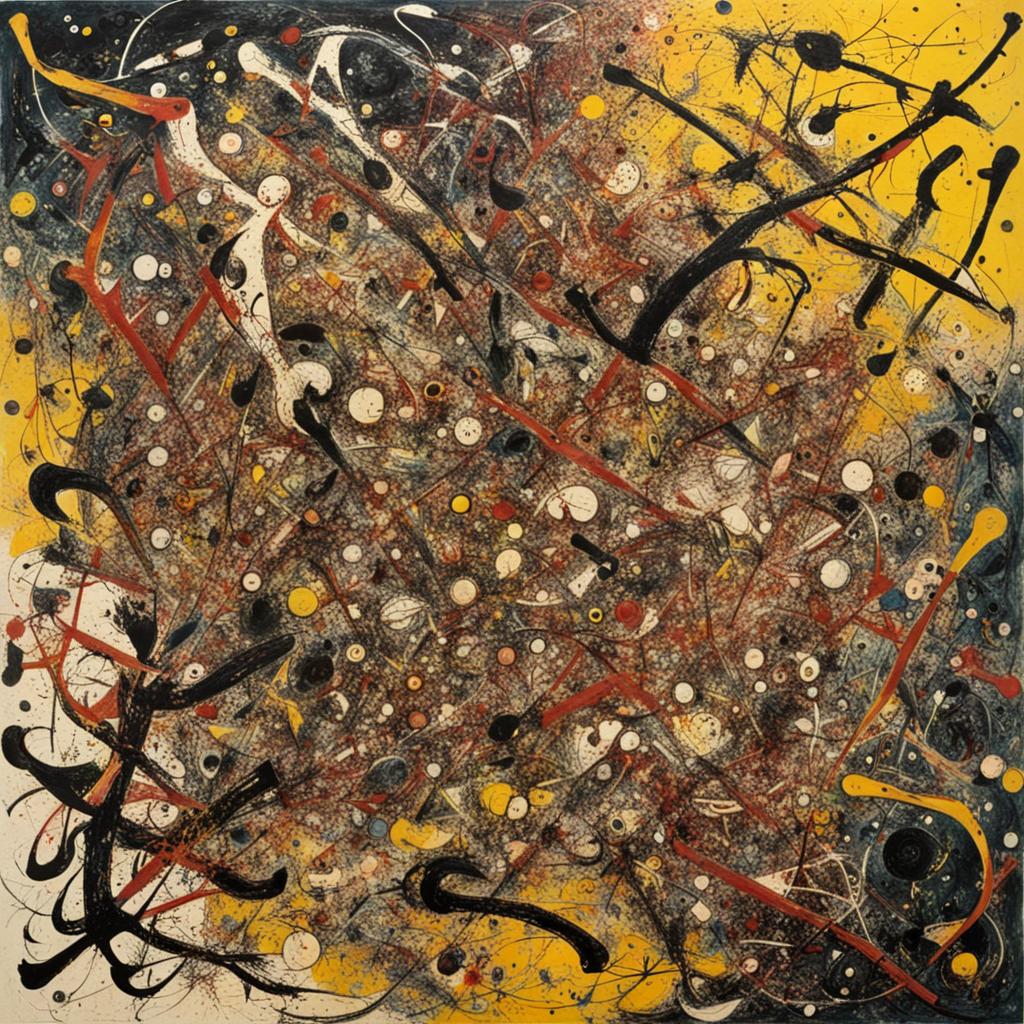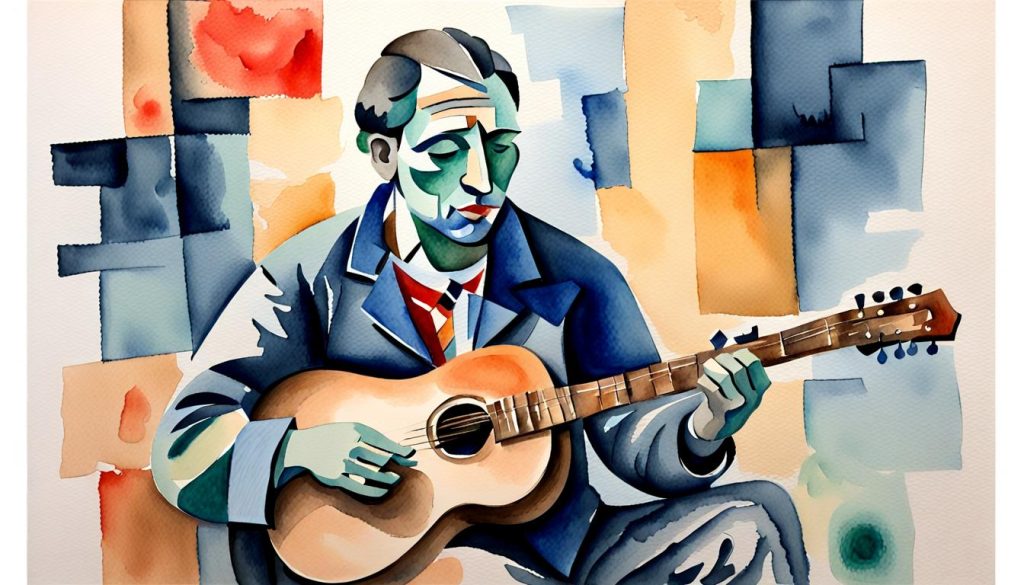
Ditch the dusty portraits and forget the posed landscapes, because watercolor abstracts throw a wild paint party where rules are confetti and precision takes a raincheck. This isn’t about capturing every freckle on a lemon; it’s about flinging color like fireworks, letting your gut dance across the paper, and watching masterpieces materialize from happy accidents. Forget stiff brushes and meticulous planning – grab a brush as unruly as your imagination, dip it in a rainbow of subject themes, and unleash the inner Van Gogh hiding in your fingertips.
With each splatter and swirl, watch emotion bleed onto the canvas, transforming into worlds unseen and feelings unspoken. Watercolor abstracts aren’t just paintings; they’re explosions of soul, whispered secrets made visible, and every brushstroke a vibrant heartbeat on the page. So grab your courage, ditch the ruler, and dive into the glorious chaos – because the most breathtaking art often lives where control takes a vacation.
By building mindsets for embracing creative risks alongside honing core techniques for vivid effects, stunning abstract originals unfold onto paper and confidence soars in the process!
Adopting a Mindset for Watercolor Abstracts
Abstraction requires relinquishing rigid expectations to instead foster willingness for experimentation. Begin cultivating core mental frameworks inspiring freeform art:
Let Go of Outcomes
Abandon defined end goals for what a piece should resemble. Instead, remain forward-focused on enjoying the emergent art-making journey from moment to moment.
Embrace Contradiction
Make peace with paradoxes like guiding happy accidents or directing chaos. Patiently balance interventions between effortless flow to artfully capture watercolor’s liquid energy.
Focus on Emotional Expression
Allow feelings and sensations to guide color mixing, blending and movement. Prioritize evoking moods, memories or ideas through graphic shapes, graceful curves and bold strokes.
Watercolor’s willingness for surprise lends beautifully to abstraction. By fully giving in to its fluid nature through mindset shifts, creative possibilities dramatically expand!
Gathering Paints and Paper for Play
Quality supplies allow easily bringing vivid ideas into reality. Gather watercolors offering a spectrum of vivid hues along with brushes pointed or flat. Look for cold press paper lightly textured for added interest.
Additional handy items include:
- Spray Bottle – for moisture charging and drips
- 91% Isopropyl Alcohol – diffuses tones unpredictably
- Old Credit Card – useful scraper revealing lower layers
- Table Salt – for crusty crystal cluster textures
Guiding Techniques for Expressive Flow
While abstraction centers on spontaneity, several techniques provoke stunning effects as washes mingle and color collide:
Wet-Into-Wet Blending
Pre-wet paper allowing hues to mix, separated only by water. Guide specific pigments towards each other with tip of a brush.
Pouring
Tilt paper as liquidy mix trails downhill mixing in spectacular sunsets! Adjust flow with thumb for textural interest.
Charging With Water
Give a light spray of water to dry patches of your painting. This will help the colors blend and spread, making them look more alive and interesting.
Scraping Through Layers
After letting the glaze partially dry, use a credit card to sgraffito through it. This reveals stunning underlying pigments, ready to be further enhanced by subsequent layers.
Splattering Speckles
Flick mix from a brush dancing across the composition. Vary consistency for delicate petite kisses or explosive starbursts bringing whimsical delight!
Mastering these gives berth to incredible textures, negative spaces and unlikely color combinations sure to dazzle in fluid trails.
Incorporating Special Effects
Looking to impart further visual intrigue? Extra substances prompt watercolor into unscripted dimensional realms:
Salt Textures
Sprinkle granules across wet glaze. Paint recedes from crystals leaving craters wherever seasoning touched down!
Plastic Wrap Patterns
Adhere to a dry or wet surface for pigments to creep across its skin in mesmerizing veins once peeled away.
Alcohol Diffusing
Put alcohol ink on damp fabric. Watch the colors mix and spread in cool patterns.
Masking Fluid Lift
Conceal areas with latex masking before glazing overtop. Removed masked shapes reveal pristine paper once again for heavenly light spaces!
As if watercolor doesn’t provide enough alternative universes on its own organic accord! Play with all forms of texture, cover and reveal for maximum mystique.
Flow Demonstration – Abstract Seascape
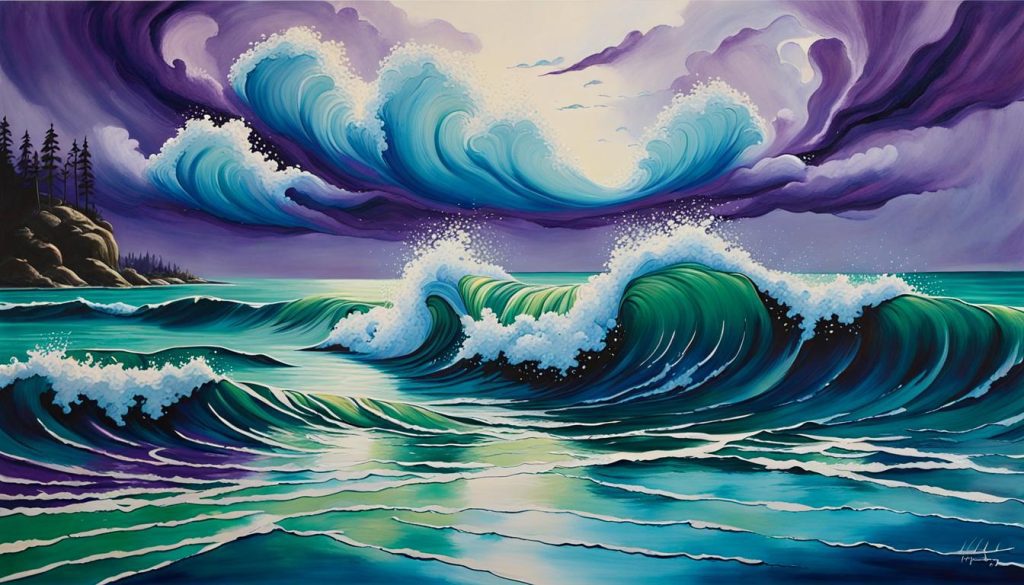
Follow along creating your own emotive seascape celebrating the splendor of fluid acrylics:
STEP 1
Wet entire top third of paper by spraying water generously. Drop in cerulean blue wet into wet. While still active use brush handle to carve out cloud shapes.
STEP 2
Charge dripping mixes of phthalo green and purple loosely evoking foamy waves. Allow flows to meet organically. Sprinkle salt across bottom for crystal clusters once dry.
STEP 3
Glaze bright yellows and oranges in after most areas dry suggesting sunlight piercing through stormy skies. Lift out trailing stars with stiff brush amidst celestial glow!
STEP 4
Assess the expressive balance of composition. Scrape softly into a few wave fronts revealing glowing under layers with the card’s edge for added dynamism.
Overcoming Creative Blocks
When familiar forms feel fatiguing or frustration arises, tap into these inspirations reigniting motivation:
Shift Environments
Move to a new location expanding physical and mental perspective. Observe how lighting colors mood. Allow this to guide the next color choices and textures for an environmental self-portrait!
Pick an Emotion
Think through color associations with joys like excitement or calm. What hues and consistencies evoke more sombre tones of sorrow or curiosity experimenting?
Look to Nature
Photographs of galaxies swirling capture the enormous beauty found even in photos of drainage puddles following the rain. What micro/macro wonders offer textural inspiration? Imagining our tiny place in nature’s grandeur stretched perspective infinite!
Call Upon Your Beginner’s Mind
Recapture the innocence, delight and discovery of first proudly presenting childhood artistic attempts to bemused parents. Allow sheer playfulness with painterly possibilities to guide next moves without self-judgement clouding vision.
Soon enough innovative approaches emerge and the courage to implement them follows shortly after!
Artists Famed for Their Abstract Watercolor Paintings
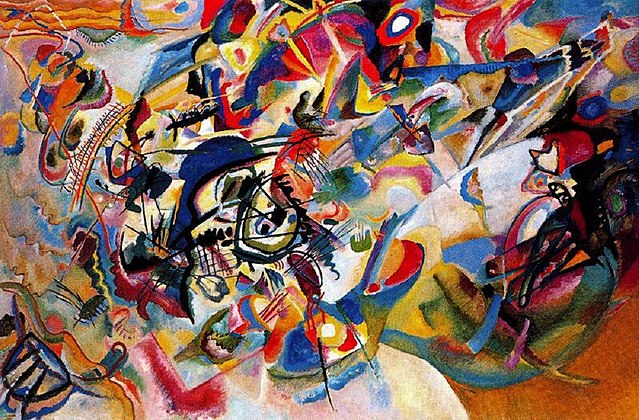
- Wassily Kandinsky: Kandinsky is often considered the pioneer of abstract art. His painting “Untitled (First Abstract Watercolor)” from 1910 is thought to be one of the first abstract paintings ever made. His work is known for its vibrant use of color.
- Helen Frankenthaler: Frankenthaler, a celebrated color field artist, introduced a new soak-stain process that involved pouring oil paint thinned with turpentine directly onto the canvas. This technique gave her art pieces a unique, almost watercolor-like quality.
- Paul Klee: Klee was a Swiss-German artist known for his unique style of abstraction. His works often incorporated geometric structures and a variety of colors, giving them a distinct, childlike quality.
- Georgia O’Keeffe: Although O’Keeffe is more commonly known for her oil paintings of American landscapes and flowers, she also created abstract watercolor paintings. Between 1916 and 1918, she produced 51 pieces of watercolor art that were experimental and abstract.
- Emma Larson: Larson creates abstract watercolor paintings that embrace the fluid nature of watercolor and wet-on-wet techniques. Her work often encourages viewers to search for hidden figures and recognizable shapes.
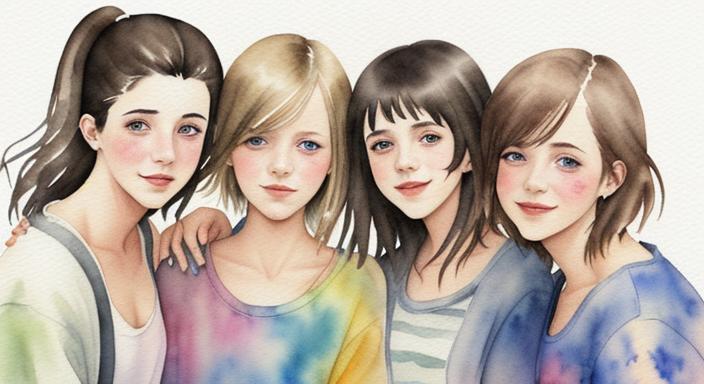
These artists have each contributed significantly to the field of abstract watercolor art, influencing future generations of artists with their innovative techniques and unique artistic visions.
Conclusion – Continually Seek Fresh Inspiration!
Through releasing expectation and structure to embrace uncertainty, spectacular original abstracts emerge! Mastering essential watercolor techniques allows guiding happy accidents into exquisite artistic endings. New materials and techniques spark curiosity about what unexpected creations might emerge when they’re combined with water-based paints, like in this photo of vibrant inks swirling on wet paper.
As a closing challenge, search for a striking image online entirely different from your usual inspirations. Let its visual language – be it graphic lines, moody color schemes or mesmerizing textures – seep into your artistic psyche to inform your next creative move!
What unlikely muses call to you? Continue seeking novel inputs stirring fresh abstraction attempts outside previous comfort zones. art blooms when cross-pollinating ideas into wondrous new hybrid forms!
